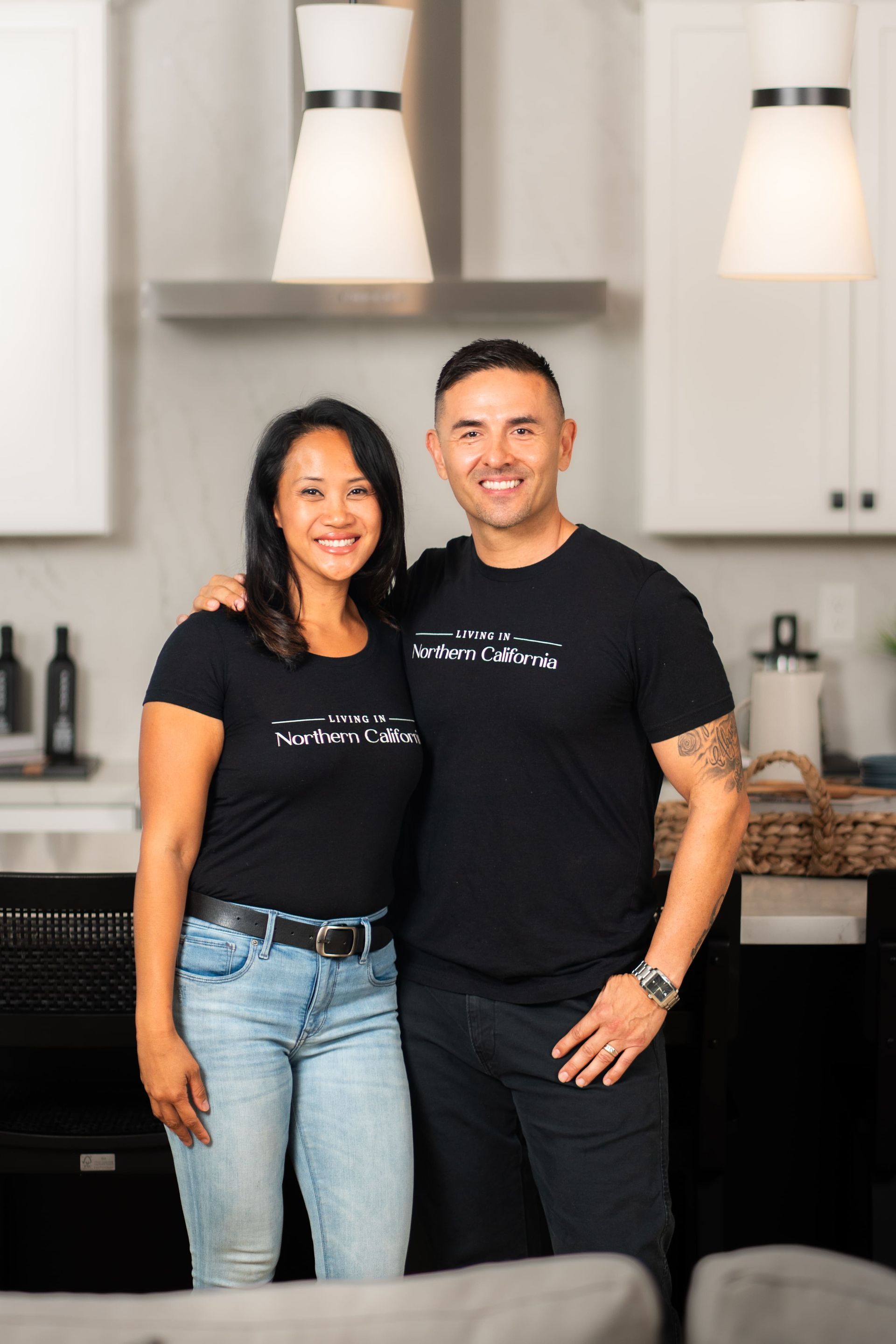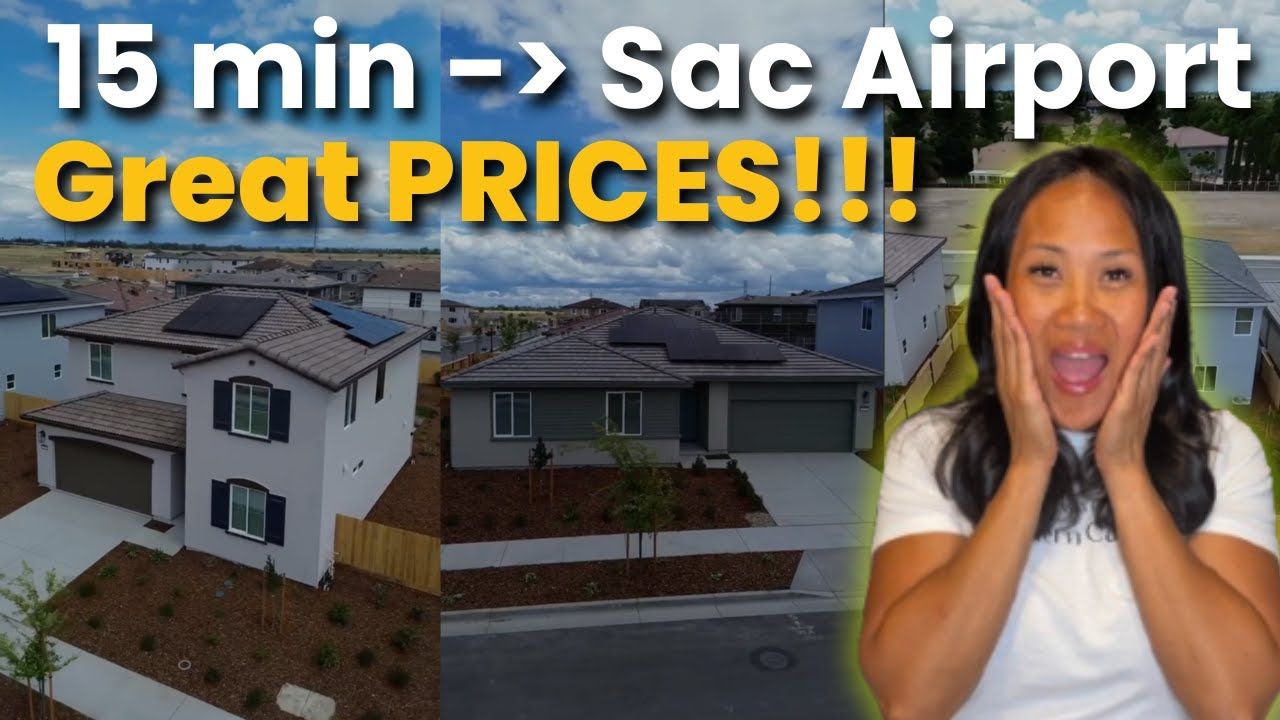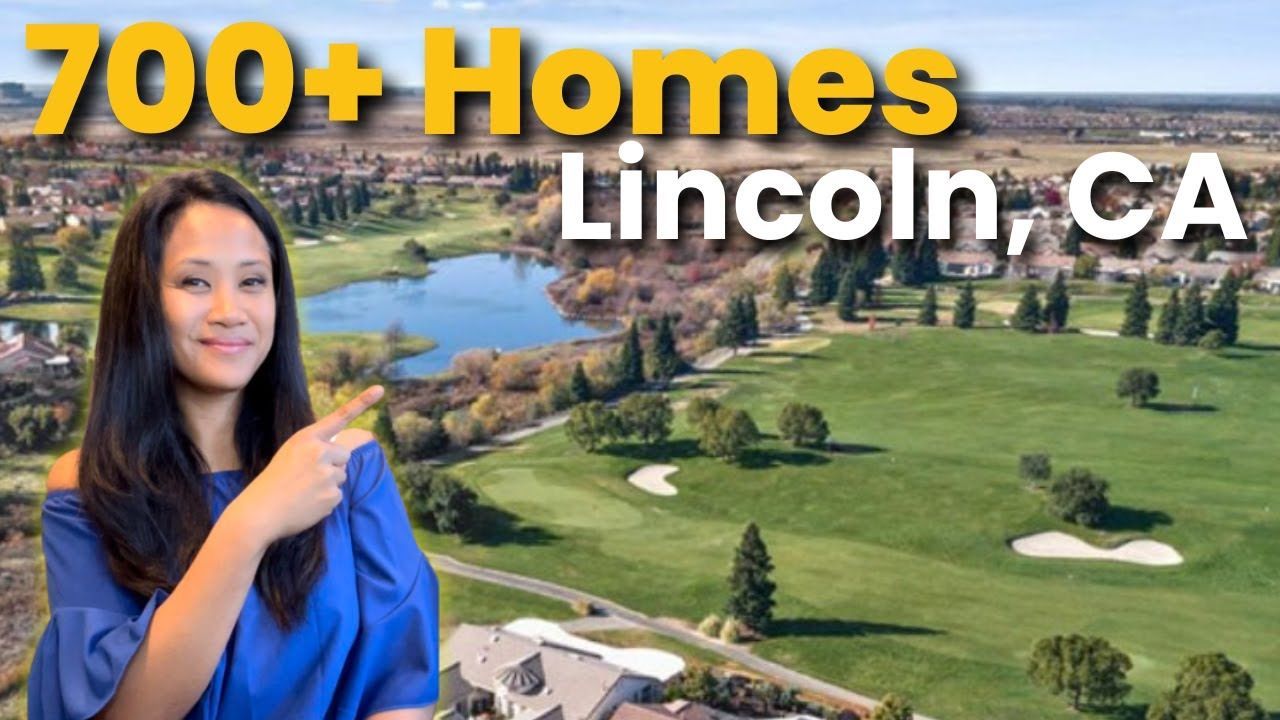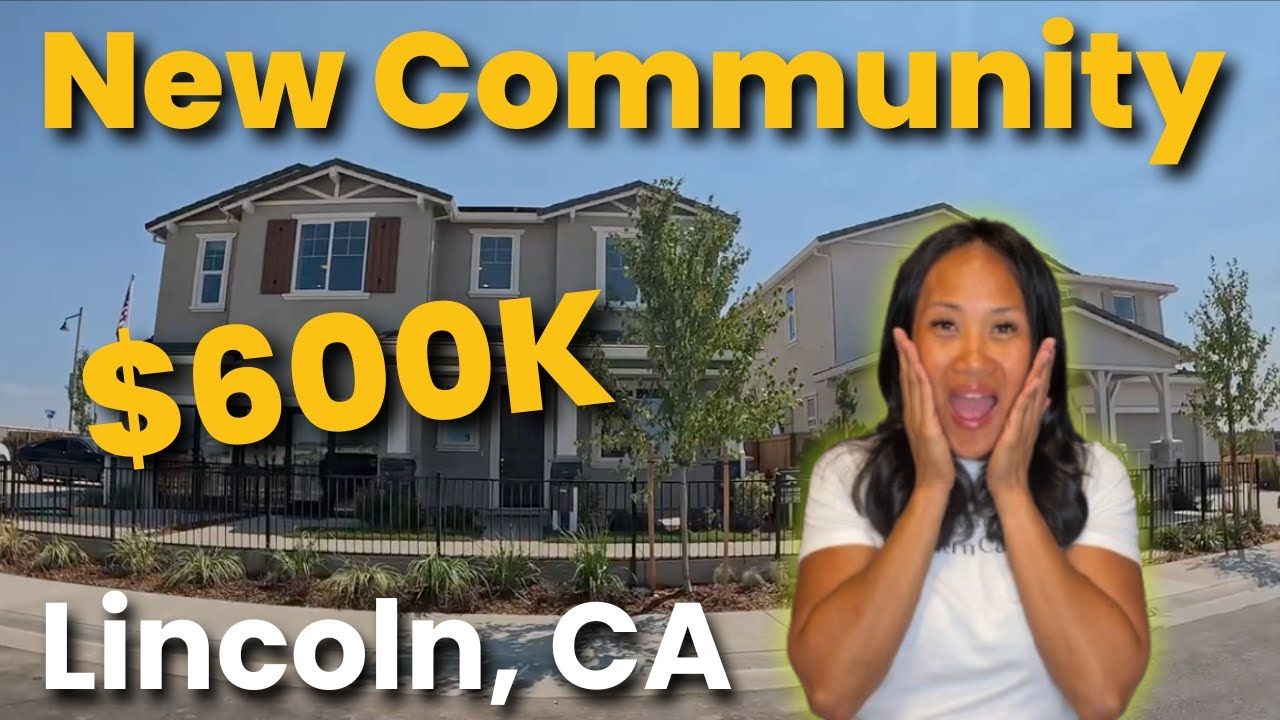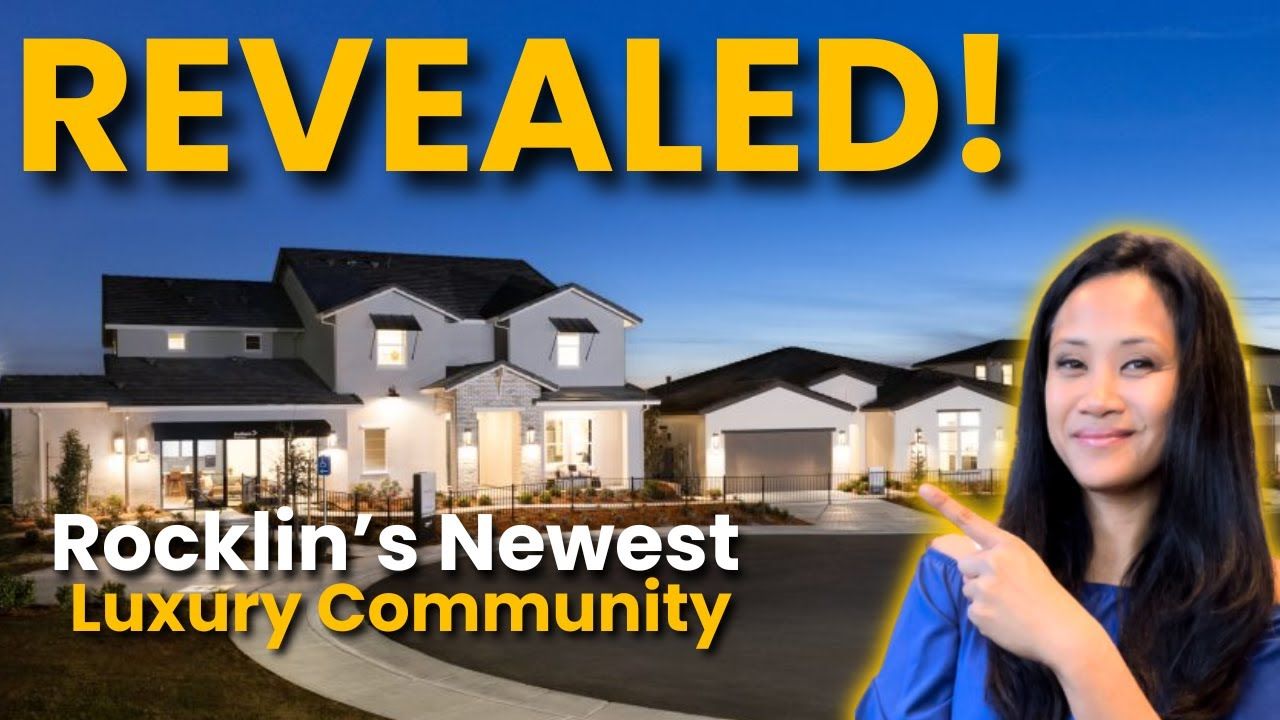Pros and Cons of Living in Roseville, CA
In this post I’m breaking down the pros and cons of living in Roseville — everything I’ve learned living and working in the area over the last several years. If you saw the original video by Living in Northern California, this article expands on those same real-world observations and adds context, tips, and neighborhood guidance so you can decide whether Roseville is a good fit for your family or next move.
Table of Contents
- Introduction
- The Cons of Living in Roseville, CA
- The Pros of Living in Roseville, CA
- Neighborhoods & Development Highlights in Roseville, CA
- Housing Market and Price Ranges in Roseville, CA
- Schools: How to Navigate Boundaries and Options
- Shopping, Dining, and Night Life in Roseville, CA
- Outdoor Recreation and Trails in Roseville, CA
- Practical Moving Tips (What I Tell Clients)
- Real-life Anecdotes That Show the City Vibe
- Is Roseville Right for You?
- Conclusion
- FAQs About the Pros and Cons of Living in Roseville, CA
- Final Thoughts
Introduction
The phrase pros and cons of living in Roseville comes up a lot when I talk to people moving out of the Bay Area and other parts of California. They want a balanced view: what’s great, what’s annoying, and what to expect in five to ten years. Below I’ll walk through the most important positives and negatives, include neighborhood-specific info, share housing and school insights, and finish with FAQs and practical moving tips.
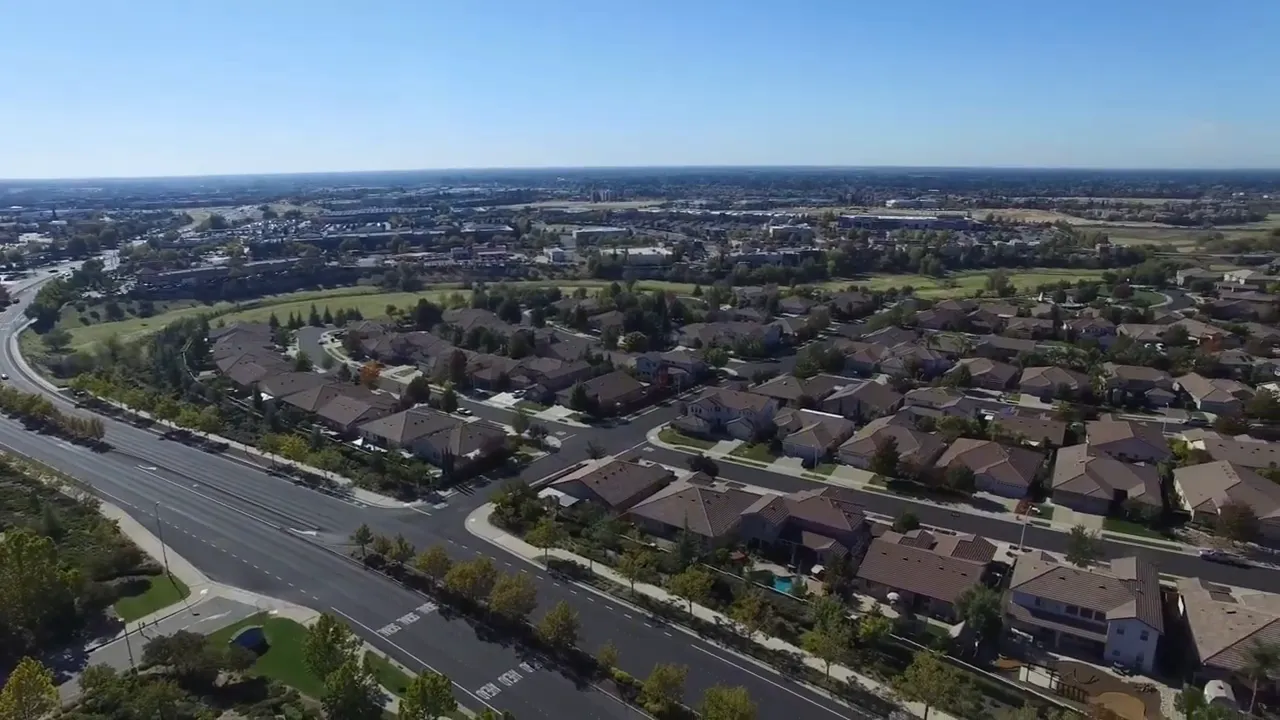
SEARCH NEW BUILD COMMUNITIES IN ROSEVILLE
The Cons of Living in Roseville, CA
When evaluating the pros and cons of living in Roseville, it’s fair to start with the negatives so you know what you’re signing up for. Below are the biggest pain points I hear from clients and neighbors:
1. Traffic and pockets of congestion
Roseville has grown quickly, and with growth comes more cars. Most of the congestion is localized around high-activity corridors: the mall near Stanford Ranch, the Pleasant Grove / Highway 65 retail strip, Blue Oaks during commute times, and Sunset Boulevard during peak hours. The older part of Roseville near I-80 also sees backups — especially on Sundays when people return from weekend trips to Tahoe. I always tell people: traffic is real, but it’s not uniform across the city. Learn the hotspots and time your drives to avoid them.
2. Construction noise — and constant development
Roseville is still adding thousands of homes. If you move into an actively building neighborhood, expect construction noise, early-morning truck traffic, and the occasional construction nuisance (like nails in tires — yes, that can happen). It’s worth emphasizing that large master-planned areas are still being built: Winding Creek, Amoruso Ranch, and Placer One were all discussed as major projects in progress. One section alone is planning over 7,000 homes in the long run. For some buyers that’s a deal-breaker; for others, it’s an opportunity to get into a brand-new home or capitalize on rising equity.
3. Heat in summer months
Roseville gets hot. Spring is delightful, but summer can be long and warm. Unlike the Bay Area, evenings here don’t always cool off as much, so you can feel the heat well into the night during extreme spells. Last year’s heat waves were widespread, and Roseville experienced them just like the rest of Northern California. If you hate high temperatures, know that AC and outdoor shading are important considerations when choosing a home.
4. Prices have increased
Prices in Roseville have appreciated substantially since 2020. While Roseville remains more affordable than many Bay Area and Southern California locations, homes have climbed in value. Certain subdivisions offer starter homes and more affordable options, while other areas have homes priced in the mid-$700k to $800k range and luxury homes above $1M. If you bought 10 years ago, your equity is likely strong — but buyers today will pay higher entry prices than a decade ago.
The Pros of Living in Roseville, CA
Now for the good stuff. The pros and cons of living in Roseville are balanced — for many families, the upside far outweighs the drawbacks. Here’s why.
1. Massive new-construction opportunities and strong equity potential
One of the most compelling pros and cons of living in Roseville is the volume of new construction. If you like new homes, modern floorplans, and tech-forward schools, Roseville is a goldmine. Winding Creek, Amoruso Ranch, and the Placer One project together represent thousands of homes in different price bands. If you’re in the market to buy, new construction gives you the advantage of brand-new infrastructure, modern building standards, and features that older homes often lack.
Equity potential is strong because this region is still growing. As infrastructure, schools, and retail amenities come online, the neighborhood value tends to follow. If you want a home that might appreciate materially over the next 5–10 years, Roseville’s development pipeline is a reason to pay attention.
2. A friendly, small-town vibe despite growth
One of my favorite things about Roseville is the community feel. People say hello. Neighbors organize block parties. I heard a touching example of a family who moved in October and received a note inviting them to a block Halloween party — they didn’t even leave the neighborhood to trick-or-treat because the party was so good. From chatting in front of Home Depot to neighbors stopping to talk to your dog, there’s a slower pace and a more personal vibe than large urban centers.
3. Great schools and new educational buildings
Roseville offers strong school options. Numerous parts of the city are served by Roseville City School District, which has excellent ratings and many modern campuses. New high schools like West Park look almost like tech campuses — brand-new facilities with up-to-date technology. Important note: parts of Roseville fall into Center Joint Unified School District (in the nearby Antelope area), so school boundaries matter a lot. If schools influence your decision, always verify the exact district and attendance boundaries for any home you consider.
4. Shopping, dining, and entertainment choices
Roseville is built out with shopping centers and dining pockets. The Galleria is one of the region’s largest malls and stays active with a mix of national brands and local stores. You’ll find everything from Topgolf to Sunsplash, downtown restaurants and bars, and family-focused attractions. For many people, convenience is a huge pro — whether you want a mall day, date-night dining, or casual weekend activities, Roseville delivers.
5. Outdoor life: trails, parks, and preserved open space
The city emphasizes connected walking trails and park systems. Several new developments were designed to preserve creeks and wooded buffer zones so homeowners can have green space and “no rear neighbors” backing up to protected land. Roseville’s trail network is a real selling point for families and outdoor enthusiasts who enjoy biking, jogging, and weekend strolls.
Neighborhoods & Development Highlights in Roseville, CA
When considering the pros and cons of living in Roseville, the neighborhood you choose will shape your experience. Here are the areas we mention most often with buyers:
Winding Creek
Winding Creek is finishing up and has been a popular option for families. It’s known for more affordable brand-new homes and strong school access. If you’re looking for newer construction at a relatively reasonable price, Winding Creek is usually on the list.
Amoruso Ranch
Amoruso Ranch is an early-stage project that plans to include around 2,800 homes. Builders are just starting to roll in; this area will eventually include schools, parks, and a town square. It’s ideal for buyers who want to be part of a growing community and who understand the tradeoff of living near active construction initially.
Placer One
Placer One is a massive planned community with over 5,000 homes proposed. This is the “land of opportunity” for a lot of buyers who felt priced out of other markets. The plan includes campus connections, a Sacramento State presence, and new road links that will shorten trips to Lincoln and Rocklin — all factors that will increase convenience and long-term value.
SEARCH NEW BUILD COMMUNITIES IN ROSEVILLE
Housing Market and Price Ranges in Roseville, CA
If you want a snapshot of what to expect when shopping for homes in Roseville:
- Starter homes and some resale options can be found in the high $400k–mid $500k range in specific pockets (older, smaller homes or entry-level new builds).
- New mid-range single-family homes often trade in the mid $700k–$800k range depending on lot, builder, and features.
- Luxury options and larger custom homes are available above $1 million in certain neighborhoods.
Example: a three-bedroom, two-story starter home with a decent yard might be found around $530,000 in certain parts of Roseville — a good deal for buyers moving from substantially higher-cost areas.
Schools: How to Navigate Boundaries and Options
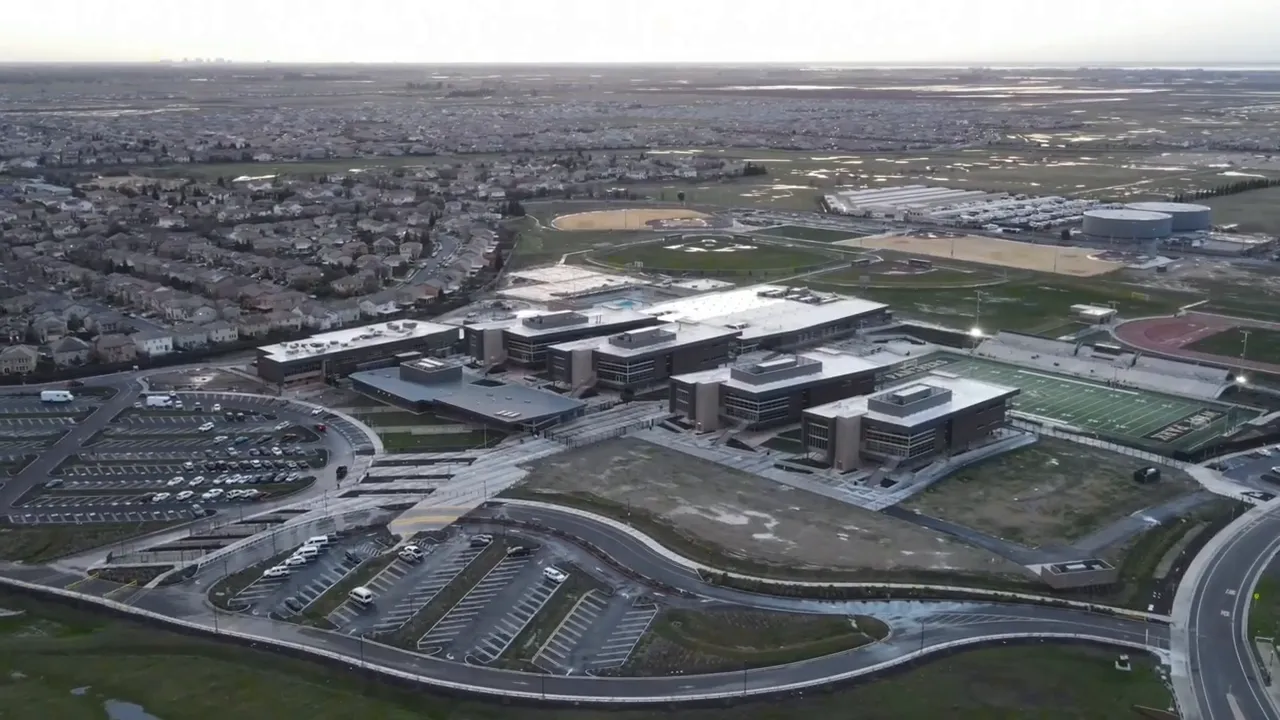
Schools are one of the most commonly asked topics when people search the pros and cons of living in Roseville. The Roseville school district is excellent, but parts of the city fall under other districts like Center Joint Unified. That means you can’t assume every Roseville address has the same school assignments. Two helpful actions:
- Always confirm school boundaries via the district maps or by asking a local agent who knows the neighborhoods.
- Visit campuses in person — some schools in Roseville are brand new and feel more like corporate or university campuses than traditional schools.
Shopping, Dining, and Night Life in Roseville, CA
Roseville is a regional hub for shopping and entertainment. The Galleria Mall, Topgolf, and downtown Roseville give residents variety — from family-friendly outings to occasional nightlife and concerts. If you’re used to major urban centers, Roseville’s scene might feel small, but it’s surprisingly lively and growing. For families, the shopping convenience alone is a major pro.
Outdoor Recreation and Trails in Roseville, CA
The city’s planning emphasis on connected trails and preserved parks is a big quality-of-life advantage. Walkable neighborhoods, bike lanes, and protected creekside buffers give new developments a greener feel. This is especially attractive for young families who want safe outdoor spaces and connected neighborhoods.
Practical Moving Tips (What I Tell Clients)
If you're weighing the pros and cons of living in Roseville and planning a move, here are practical tips from someone who helps families in the area:
- Check school boundaries early — they can change but the current assignments will influence home value and daily life.
- Expect construction if you buy new: factor noise, trucks, and temporary access changes into your decision.
- Ride commutes and test peak-time travel routes before you commit. Drive from your future home to work at the same time you would commute and see the real-world traffic.
- Think about summer comfort — evaluate A/C capacity, shaded yards, and outdoor living designs.
- If you plan to buy new construction, have representation on the first visit so you don’t miss builder incentives or agent protections.
Real-life Anecdotes That Show the City Vibe
Small stories can tell you a lot. A few moments that capture Roseville’s personality:
- At Home Depot early in our move, a worker patiently answered our questions — a small sign of neighborly patience that we saw repeatedly.
- Neighborhood dogs and owners stop to chat. It’s common to meet neighbors in parks, coffee carts, or casual outdoor events.
- West Park High School made a big impression because of its modern, almost-corporate appearance. Campus personnel took time to explain programs and facilities when we visited.
- Block parties are common in newer subdivisions, often drawing families who otherwise would have gone out trick-or-treating — a great sign of community integration.
Is Roseville Right for You?
When weighing the pros and cons of living in Roseville, everything comes down to priorities. If you value new construction, school quality, outdoor lifestyle, and a friendly community, Roseville has very strong pros. If you’re extremely sensitive to heat, construction disruption, or want zero traffic even during peak seasons, you might find the cons more troubling.
SEARCH NEW BUILD COMMUNITIES IN ROSEVILLE
Conclusion
Roseville is a Sacramento suburb that continues to evolve. The pros and cons of living in Roseville shift depending on how the city grows — but based on the latest developments, the city offers strong long-term value: quality-of-life enhancements, community tonality, new schools, and plenty of retail and entertainment options. Whether Roseville becomes the right move for you will depend on your tolerance for construction, heat, and localized congestion versus your desire for new homes, a family-friendly community vibe, and solid schools.
FAQs About the Pros and Cons of Living in Roseville, CA
How hot does Roseville get in the summer?
Summers in Roseville can be quite warm. Late spring and summer months often bring extended heat, and evenings don’t always cool off like coastal areas. Prepare for several months of higher temperatures and make sure homes have adequate air conditioning and shaded outdoor spaces.
Is Roseville expensive compared to the Bay Area?
Roseville is generally more affordable than much of the Bay Area and Southern California, but prices have risen significantly since 2020. You’ll find a wide range of home prices from high $400k starter options in some pockets to luxury homes above $1M. Compared to the Bay, many buyers find better value here.
Are there good schools in Roseville?
Yes. Many parts of Roseville are served by excellent school districts and brand-new campuses. However, parts of the city fall into other districts such as Center Joint Unified, so always verify school boundaries for the specific property you’re considering.
How much construction is happening in Roseville?
A lot. Several large master-planned projects are under construction or in planning (e.g., Winding Creek, Amoruso Ranch, Placer One). This means new homes and amenities are coming online, but it also means ongoing construction noise and traffic changes in developing neighborhoods.
Where are the traffic hotspots in Roseville?
Expect congestion around the Galleria/Stanford Ranch mall area, the Pleasant Grove corridor near Highway 65, Blue Oaks during commute times, Sunset Boulevard during evening commutes, and sections near I-80 (which can get busy especially when people are returning from Tahoe on Sundays).
Is Roseville a good place to raise a family?
For many families, Roseville is an excellent choice. It offers a family-friendly atmosphere, new schools, parks, connected trails, and active neighborhood communities. The welcoming, small-town feel juxtaposed with suburban amenities appeals to many parents.
Should I buy new construction or an existing home?
Both options have pros and cons. New construction gives you modern systems, warranties, and design choices, but comes with early construction activity and a higher initial price in some cases. Resale homes can offer mature landscaping and established neighborhoods. If you pursue new construction, consider agent representation on your first visit to secure builder incentives and protect your negotiating position.
Final Thoughts
When you weigh the pros and cons of living in Roseville, remember this: Roseville is a growing city with a strong focus on quality-of-life improvements. New construction, good schools, trails, and a friendly community are real advantages. The tradeoffs are traffic in busy corridors, ongoing construction in expanding areas, and summer heat. If you want both modern amenities and a suburban community vibe, Roseville should be high on your list.
If you’re considering a move, do your homework — visit peak commute times, tour schools, and map out the shops and parks you’ll frequent. Those simple steps will help you decide whether Roseville’s pros outweigh the cons for your family. Call or text us at 925-922-3901



